Along with shelter, food and drink are among the most important things you can spend your money on. Numerous staples are so valuable that they’ve been used in place of money at various times throughout history…and a few still are in some regions of the world! Here are 11 instances of food & drink that have been used as currency.
Barley

Thousands of years ago in Mesopotamia, barley was such an essential commodity that it became a currency. Farmers would store large deposits of barley in temples, and were given clay tokens signifying how much grain they had in their reserves. This is one of the earliest documented forms of representative money or credit!
Beer
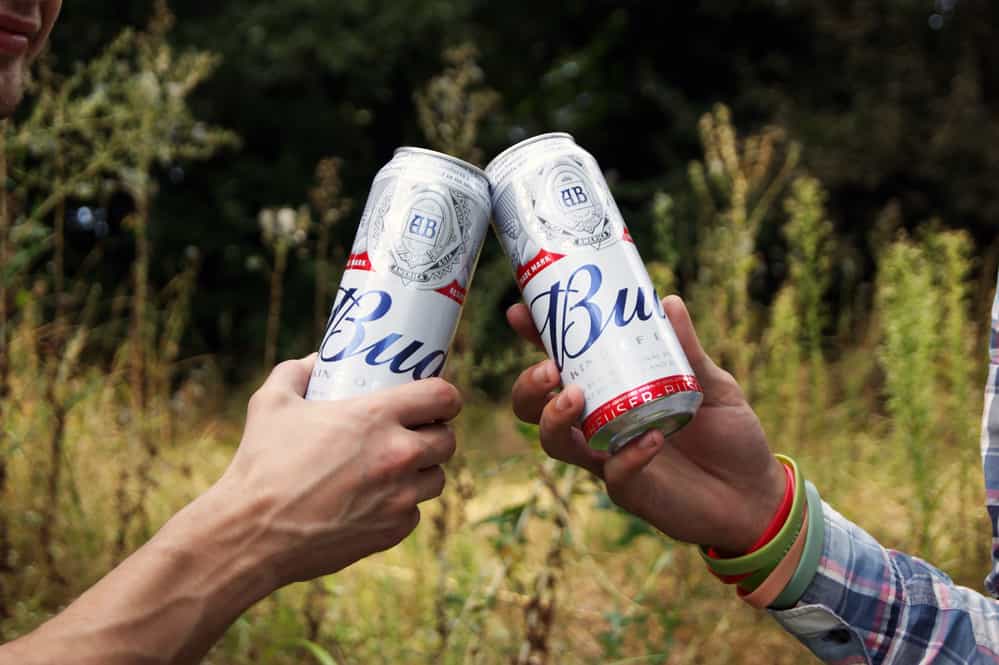
If barley was valuable, it follows that beer — made from barley grains — would also be a precious product. This was the case in Ancient Egypt, where the brewed beverage was used to pay slaves, traders, and public officials alike. Beer-based salaries didn’t last, but they certainly made for convenient post-work happy hours!
Bread
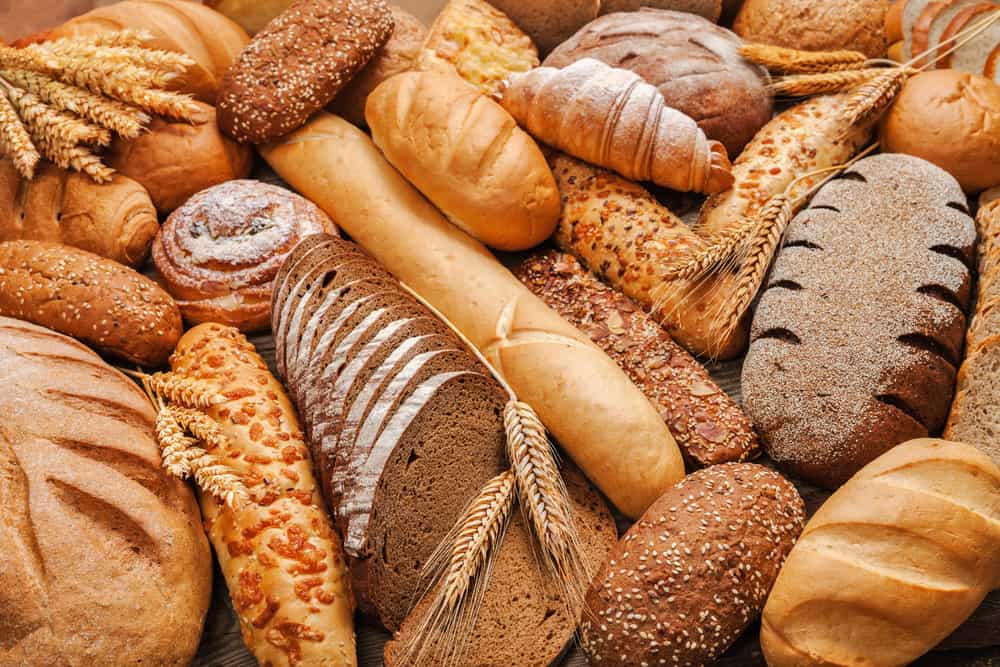
You might have seen this one coming; barley and beer were both used as currency in Ancient Egypt, so of course, bread was also highly valued. However, this isn’t the origin of using “bread” or “dough” as slang for money, as historians believe those nicknames are only a few centuries old…and American.
Cocoa beans
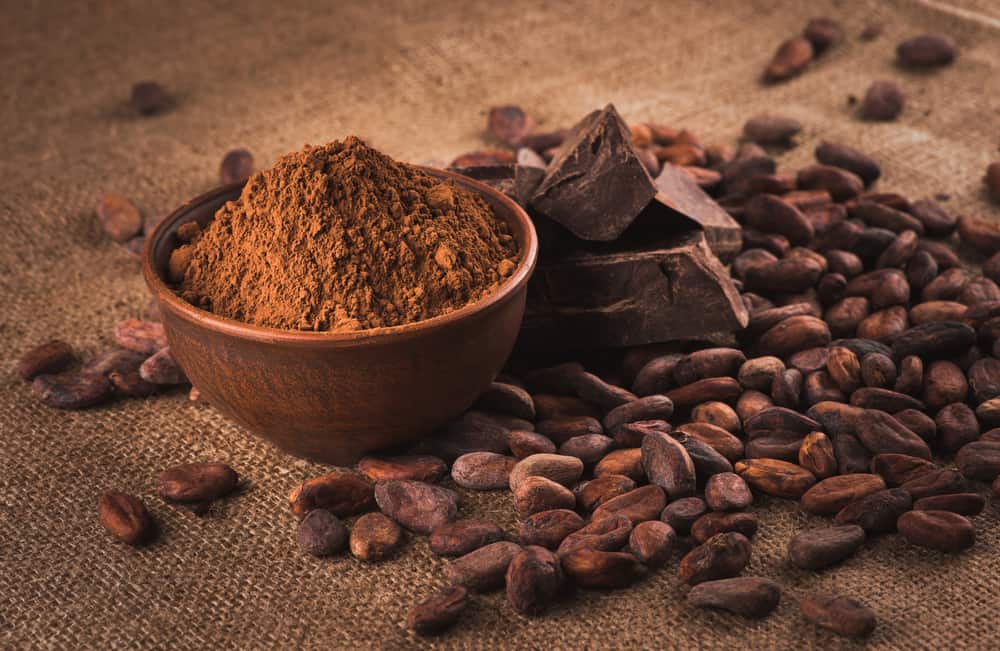
More than 1,000 years ago in what is now Central America, Mayans used cocoa beans as currency. They were so valuable that some dishonest citizens would counterfeit them, attempting to pass small balls of clay, wax, or dough as beans. Evidence suggests the Aztecs also used cocoa beans as currency.
Coffee

Coffee has been an important part of culture and trade for the last millennia, with numerous documented instances of the beans (or bags of beans) being used as currency. In fact, this practice still exists today in one country. In Paraíso de Chabasquén, located in the central-western region of Venezuela, the dollar (known as the bolivar) has weakened so much in recent years that residents occasionally conduct transactions big and small using coffee, which is typically bartered by the gram.
Honey
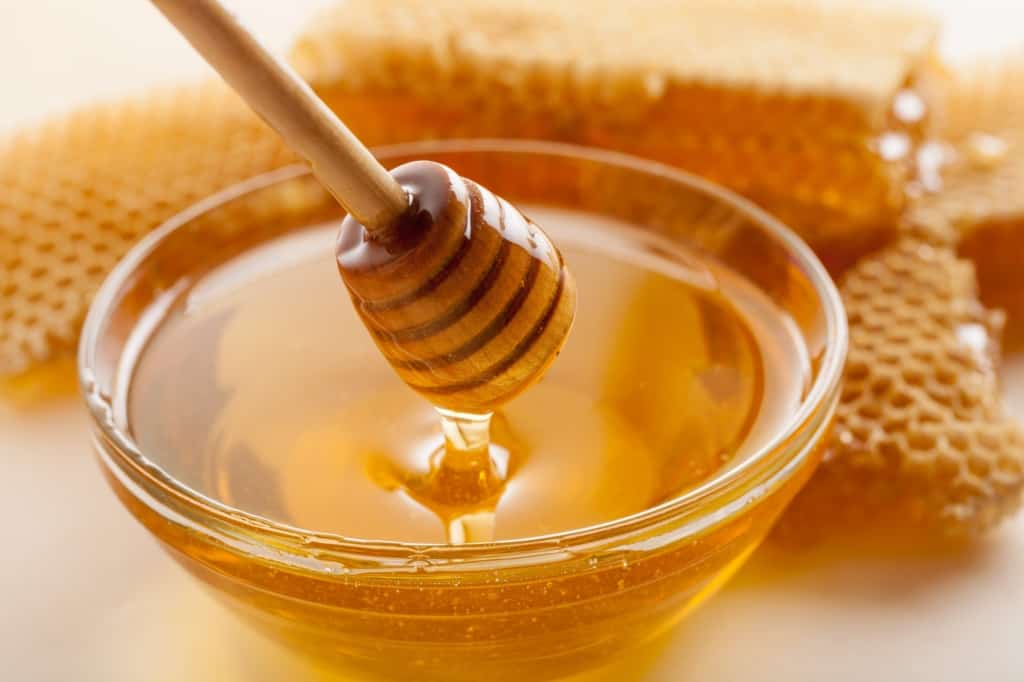
The earliest record of beekeeping comes from — you guessed it — Ancient Egypt, where the sought-after substance was sometimes used as money. A bit more recently, in the 11th century, German lords demanded honey (which they would use to sweeten numerous foods and beverages, including beer) as payment from peasants. Today, Germany is still one of the world’s largest exporters of honey!
Parmesan cheese
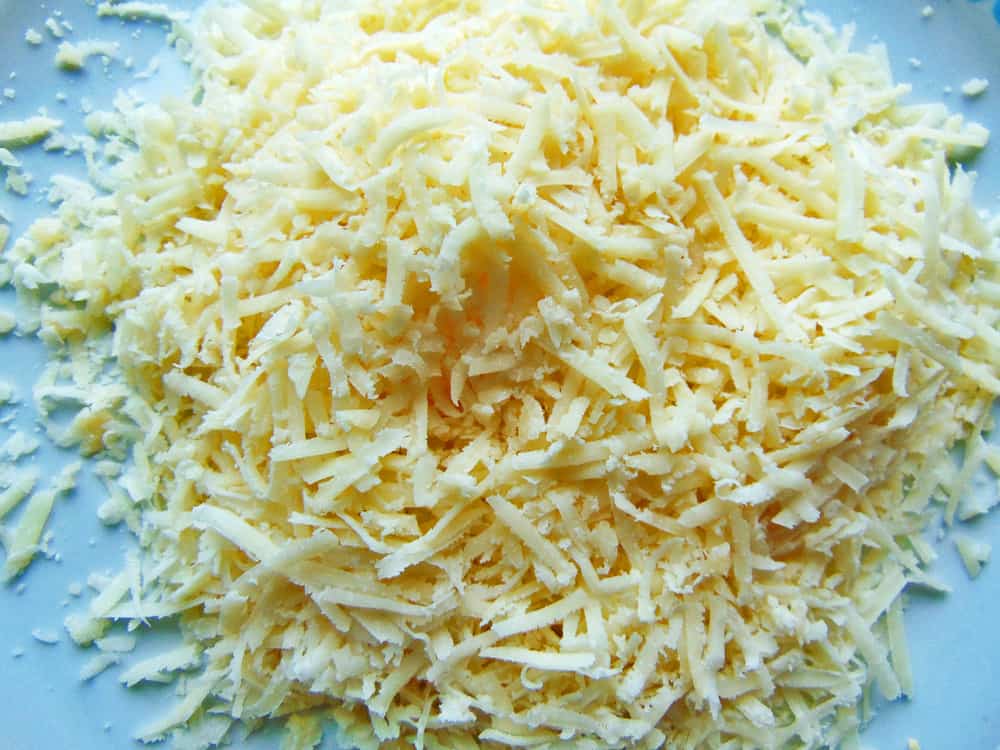
Parmesan cheese was invented by Italian monks nearly 800 years ago, and it wasn’t long before it was bought, traded, and used to make purchases. Even today, Banco Emiliano, a bank in Northern Italy, accepts wheels of cheese as collateral. If the loans are not repaid, the bank can let the cheese age and sell each wheel for a few hundred Euros. Banco Emiliano is estimated to have nearly $200 million in their cheese reserves, which have been targeted by thieves numerous times.
Pepper

Pepper used to be a highly valued spice. When the Visigoths captured Rome in 410 C.E., the ransom included 3,000 pounds of pepper, which was sometimes referred to as “black gold.” Peppercorns were later used to pay rent and taxes in the Middle Ages, and the search for pepper inspired the Age of Exploration shortly afterward. And this is just a few examples. So the next time you’re in a restaurant and the server offers you all the free fresh ground pepper you want, live like royalty and tell ‘em to keep going until their arm is tired.
Rum

Rum was invented in the middle of the 17th century and quickly became a desirable trade commodity. Slaves were sent from Africa to the West Indies for molasses, which was brought to New England to make rum, and that rum was shipped to Africa for more slaves. Pirates also received rum rations around the same time, as did American, Australian, British, and Canadian sailors. Those naval traditions lasted for a long time, and were only abolished in 1862, 1921, 1970, and 1972, respectively.
Salt

Historically, salt has determined where people lived, it was the subject of numerous wars, and it was the source of one of civilization’s first taxes (in China around 2200 B.C.E.). There are also numerous examples of salt used as currency. Marco Polo reported that salt cakes emblazoned with images of leaders were used in Tibet. Greek traders swapped salt for slaves, which is the origin of the phrase “not worth his salt.” And until recently, nomads in Ethiopia bartered using salt from the region’s Danakil Plains.
Tea

Tea has been an integral part of Asian cuisine and culture for nearly 5,000 years (it was allegedly invented in China in 2737 B.C.E.), and its durability, packability, and indefinite shelf life made it a natural candidate for currency. In fact, compressed bricks of tea were used as a unit of value in Central and Northern Asia

Tell Us What You Think